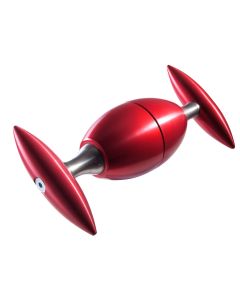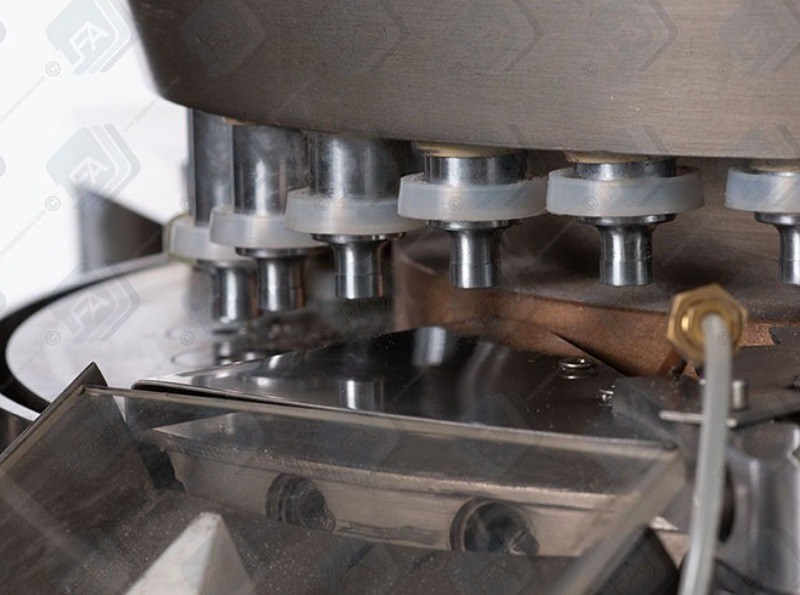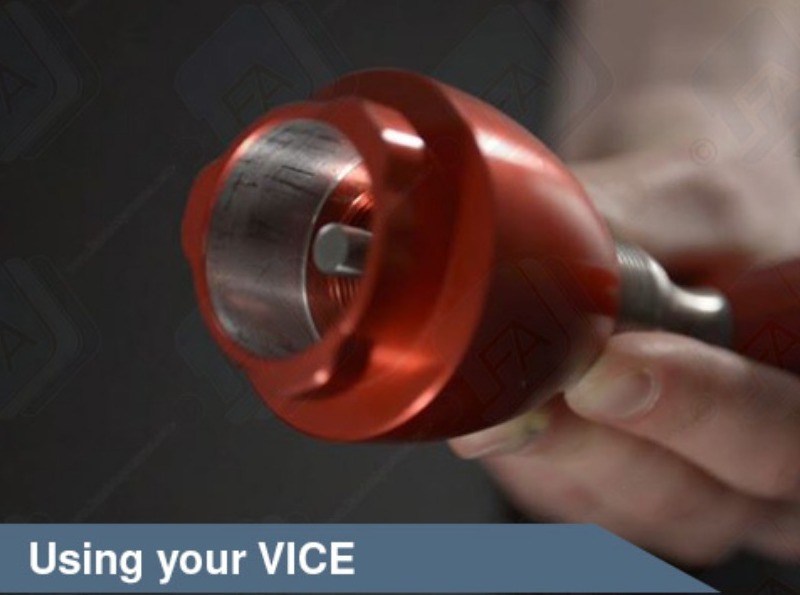One of the major problems with sterile manufacturing is the possibility of contamination. The cleanroom area is one of the hardest places to maintain sterile or clean and is the major source of contamination.
Preventing Cross Contamination In Pharmaceutical Production Process
There are several ways to prevent cross contamination during the production of pharmaceutical products. The list below is a guide to help minimise cross contamination between products.
General
- Before starting, line clearance should be performed as per the standard operating procedure (SOP) of the company. Use a checklist and record that clearance has been completed.
- Check to see if any starting materials are missing, check that previous record documents are complete and there are no previous product residues or product itself remaining.
- Practice a closed system when handling the materials (i.e., do not handle more than one set of materials at a time).
- Do not process more than one product in the same area during production.
- Check that every material is free from microbial or any other form of contamination.
- Before using, remove the outer wrapping of the packaging material to help reduce contamination.
- Before filling, visually check to see if the containers are clean.
- Packing should be carried out with physical space between the packing lines.
- Ensure proper and validated production system is in place.
- Do not handle with bare hands the product or any items of equipment that will be in contact with the product.
- Process control can be done in the production area but it must be cleaned to prevent any contamination of the product.
- After production, follow the protocol for cleaning and maintenance of the equipment ensuring that the appropriate cleaning materials are used.
- Cleaning materials should have labels on them to ensure that they can be clearly identified, and are different from that of the product.
- Products that are identified for special circumstances should be reintroduced only when investigation and clearance is provided by the authorized personnel. All incidents should be recorded.
- Repair and maintenance of the equipment should not have any impact on the quality of the product.
Clothing
- Personal clothing should be of high quality. It should be appropriate and acceptable in the work area.
- Opt for linen, as this is a non-shredding type of material.
- Wear clothing that lessens or minimizes the exposure of body parts.
- Routinely wash your hands.
- It is important to wash clothes that have come in contact with sensitive products separately from other clothes.
- Clothing should not be exposed to or contaminated by cleaning agents.
- Use appropriate personnel protective equipment when applicable.
- Use dedicated protective equipment for antibiotics, beta lactum, cytotoxic, hormones and drugs that are manufactured using live microorganisms.
- Change clothing after every product change or breaks.
- Guidelines for cleaning footwear should be provided.
- Regular environmental monitoring of particle count, active air sampling and settle plate count should be carried out.
- Clothing is preferred that is able to be worn repeatedly or that can be laundered repeatedly without deteriorating.
Utilities
- Water should be appropriate for use in the manufacturing of pharmaceutical products. Regular checks should be made on the quality of any bulk supplied water (tap water)
- Chemical and microbial limits in the water should be appropriate for the intended use.
Steam
- Use a steam generator whenever possible for cleaning.
- Steam should be free of additives.
Compressed Air
- Use filtered air and ensure that the filter is regularly checked and replaced, as per SOP.
Sanitation and cleaning
- It is important to practice proper hygiene and sanitation controls in every level of the manufacturing process.
- Cleaning materials, pest control chemicals and sprays, chemical solutions and equipment lubricants should not come in contact with the product. Use suitable products to minimize the risk.
- Prevent cross contamination by carrying out regular maintenance of equipment as per the company guidelines.
- Products that contain beta lactum, hormone, cytotoxic and antibiotics should be packed in a dedicated area or at least in different area to other products.
- Active raw materials of beta lactum and similar can be transported with other active materials, the packed finished products can be transported with other non-active finished product.
- If spillage or contamination occurs, discard the whole batch.
- It is important to label containers clearly. This includes containers for raw materials, in-process and partially processed materials.
- Label any empty containers with ‘cleaned’ or ‘to be cleaned’. Also label any empty containers with what previous product was placed in the container.
- If beta lactum, cytotoxic, hormone or antibiotics are manufactured with other products in the same building it is vital to ensure that cross-contamination is prevented. Ideally this should be done by using a separate facility or dedicated machinery or equipment for the different products.
- Use air locks or air extraction when needed.








